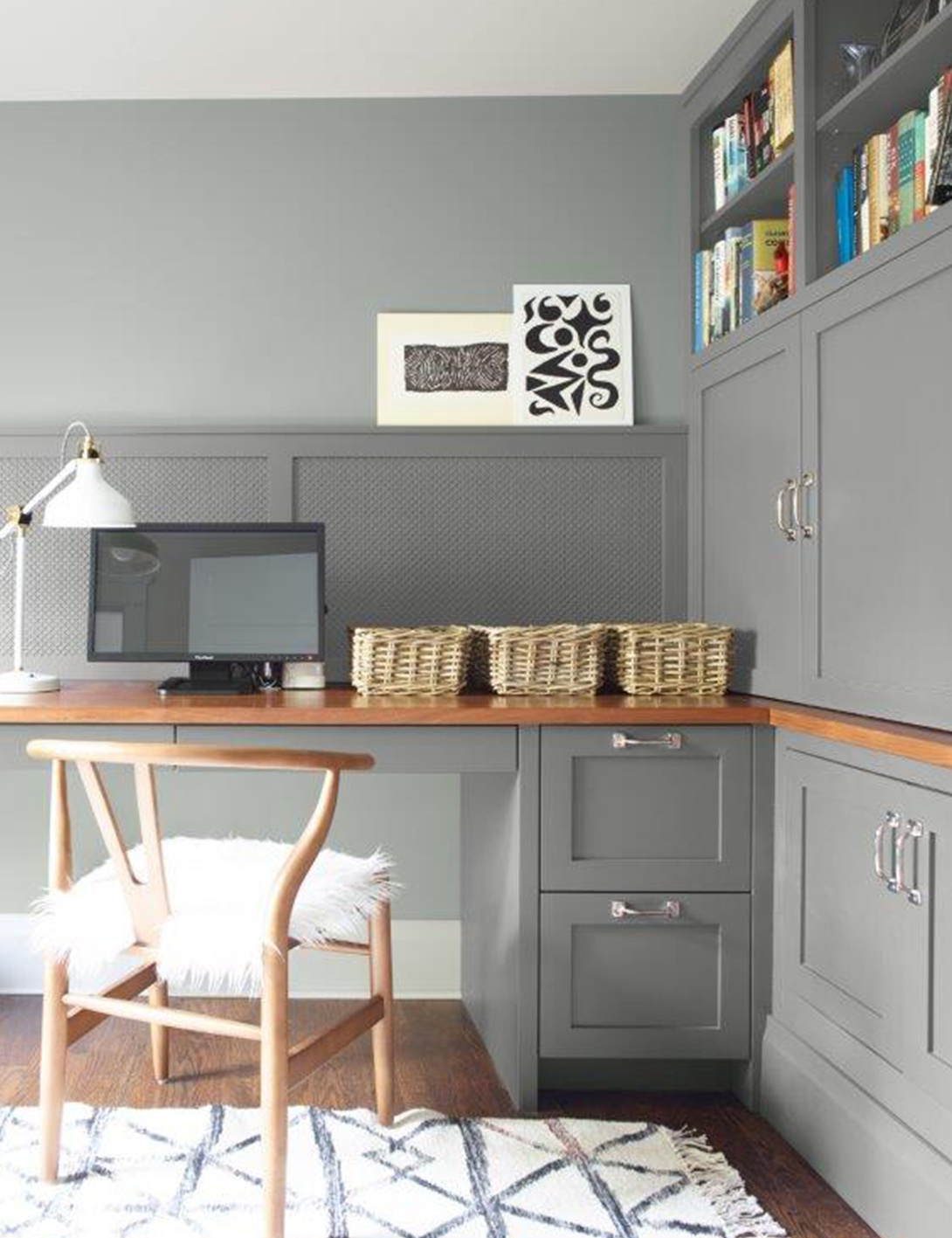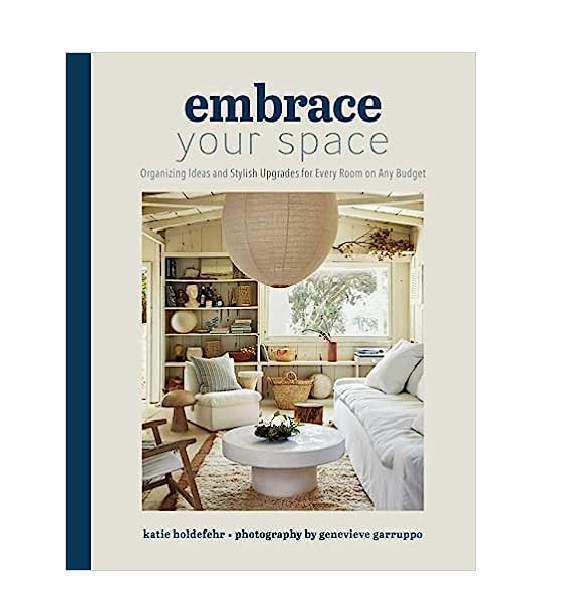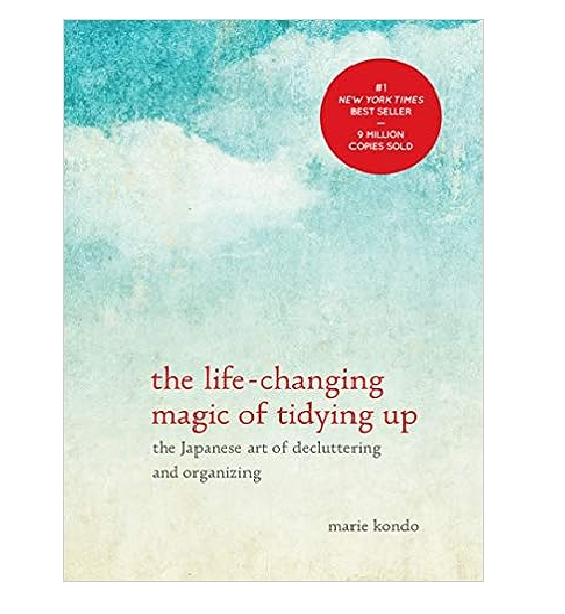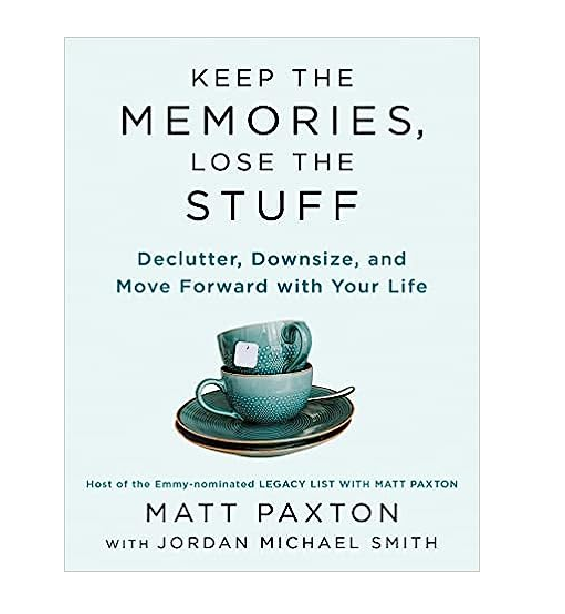'I've never been more organized' – the "Move-out" decluttering method explained
This decluttering trick helps you get rid of stuff swiftly and efficiently, and leaves you with a clean slate to redecorate


Decluttering is a full-blown mission, and it's not the kind you can dive into without a plan of action. Blindly jumping into a disorganized closet or a cupboard full of hoarded stuff with hopes of throwing items away is only likely to overwhelm you to the point of abandon. That's why experts want you to know about the 'Move-Out' method.
This decluttering technique, first developed by organization expert Katie Holdefehr, could be the key to saving tonnes of time while effectively cutting the junk for good. As the name suggests, it encourages you to pack everything away in the space you plan to declutter as though you were moving out. Not only does it give you a fresh slate to work with, but it helps visualize everything you're dealing with when it comes to decluttering. (I can almost sense your guilty conscience from here...)
To help you understand how to put the method into practice when decluttering a room, we spoke with Katie alongside some other decluttering experts to learn more. Here's what they said.
What is the Move-Out decluttering method and how does it work?

Put simply, the 'Move-Out' method involves removing everything from the cupboard, closet, or room you plan to sort out in order to make your decluttering efforts more productive.
The decluttering tip was originally developed by Katie Holdefehr, Associate Editorial Director at Real Simple and author of Embrace Your Space, after realizing the success she'd had with it in her own home. 'Having moved three times in the past seven years, I have come to realize that I am never more organized, more minimalist, or more deliberate in my decluttering than when I have to prepare for a big move,' she says. 'I believe that moving makes us all more ruthless declutterers.'
'It's all too easy to keep belongings you no longer need if they're just sitting around collecting dust—but if you have to do the hard work of packing, transporting, and unloading those items, then they better be worth their weight!'
How do you use the 'Move-Out' method?

To apply the method, Katie suggests treating it like a real move by setting a move out date and buying boxes if you need to. It's best to start with a smaller contained space first, such as a closet, pantry, or desk drawer. Start by removing all the items inside and once empty, wipe down and vacuum the space. 'You're starting fresh with a clean slate, just as you would in a new house or apartment,' she says.
The Livingetc newsletters are your inside source for what’s shaping interiors now - and what’s next. Discover trend forecasts, smart style ideas, and curated shopping inspiration that brings design to life. Subscribe today and stay ahead of the curve.
Next, sort through each item one by one, deciding whether or not it makes the cut for your hypothetical move. 'Ask: "Would I take this with me if I was moving to a new place?",' says Katie. 'If the answer is "no," donate it, recycle it, or toss it. If your goal is not only to tidy up but also to winnow your belongings, up the ante by pretending that the new house you're moving into is smaller than your current space.'
Professional organizer Melissa Gugni also thinks it's a great way to reassess your storage. 'I appreciate the chance to "think outside of the box" and question if even the layout of that space is the most efficient,' she explains. 'You can even go further on this method and use the time to update, renovate, organize, and style the new space,' adds Di Ter Avest, owner of Di is Organized.
Where should you put all the stuff you've 'moved out' while organizing?

So that you don't end up drowning in a pile of your own junk, you'll need to make sure you move everything out of the way so you have space to organize efficiently. That means taking it all into a different room if you have to.
'Move everything that you are clearing from the space to wherever you have room to sort through it,' says Melissa. 'I encourage folks to be realistic about their time and energy when it comes to this method.' By this, she means starting small. 'There is nothing worse than running out of time halfway through and leaving your home a bigger mess than when you started!'
Once you have a designated spot for decluttering (a bed, countertop, or garage will do) you then need to approach with a system. 'When emptying a space or purging your home for the "move," you should categorize your items into three main piles: keep (pack), donate, or trash,' says Di. You might want to use boxes for this, instead of just piling it all up. 'Once those categories are out of the way, divide the remaining items into piles of likes, and define a home for them,' Di adds.
Katie's keen to note that this can be an exhausting task that takes a considerable about of time. 'I recently used the Move-Out Method to organize a closet, and the process took nearly two days,' she says. 'I tried on every single piece of clothing, deciding which jeans to donate and which to keep, which dresses to dry-clean and which to give away. Was it a ton of work? Yes. Is my closet more organized than it's ever been? Also yes!'
In what type of decluttering situations is the 'Move-Out' method most useful?

There are plenty of instances when the Move-Out method is handy, but it's best reserved when you have the energy and drive for a dedicated decluttering overhaul.
In terms of where to start decluttering, Katie thinks it works best in oft-overlooked storage areas that you may have neglected for a while. 'Living in a small (550-square-foot!) apartment, I use the space under my bed to stash off-season clothing, luggage, and a jumble of blue IKEA bags,' she explains. 'When a friend and her family came to stay at my place last week, it called for some thorough under-bed organization. I removed everything, dusted and vacuumed, and got rid of anything I wouldn't take with me if I was moving.'
If you've recently moved into a house, or a looking for a quicker 30 minute filler task, the Move-Out method probably isn't for you. Instead, use it in big situations that call for a clearout. 'I find this is a great way to go before a big transition, like living with a new roommate or partner, or before having a baby,' Melissa notes. 'It gives you a chance to re-evaluate how your things are serving you. Think critically, get the donations out of the house, and enjoy the fresh energy that comes with this method.'

Lilith Hudson is a freelance writer and regular contributor to Livingetc. She holds an MA in Magazine Journalism from City, University of London, and has written for various titles including Homes & Gardens, House Beautiful, Advnture, the Saturday Times Magazine, Evening Standard, DJ Mag, Metro, and The Simple Things Magazine.
Prior to going freelance, Lilith was the News and Trends Editor at Livingetc. It was a role that helped her develop a keen eye for spotting all the latest micro-trends, interior hacks, and viral decor must-haves you need in your home. With a constant ear to the ground on the design scene, she's ahead of the curve when it comes to the latest color that's sweeping interiors or the hot new style to decorate our homes.


